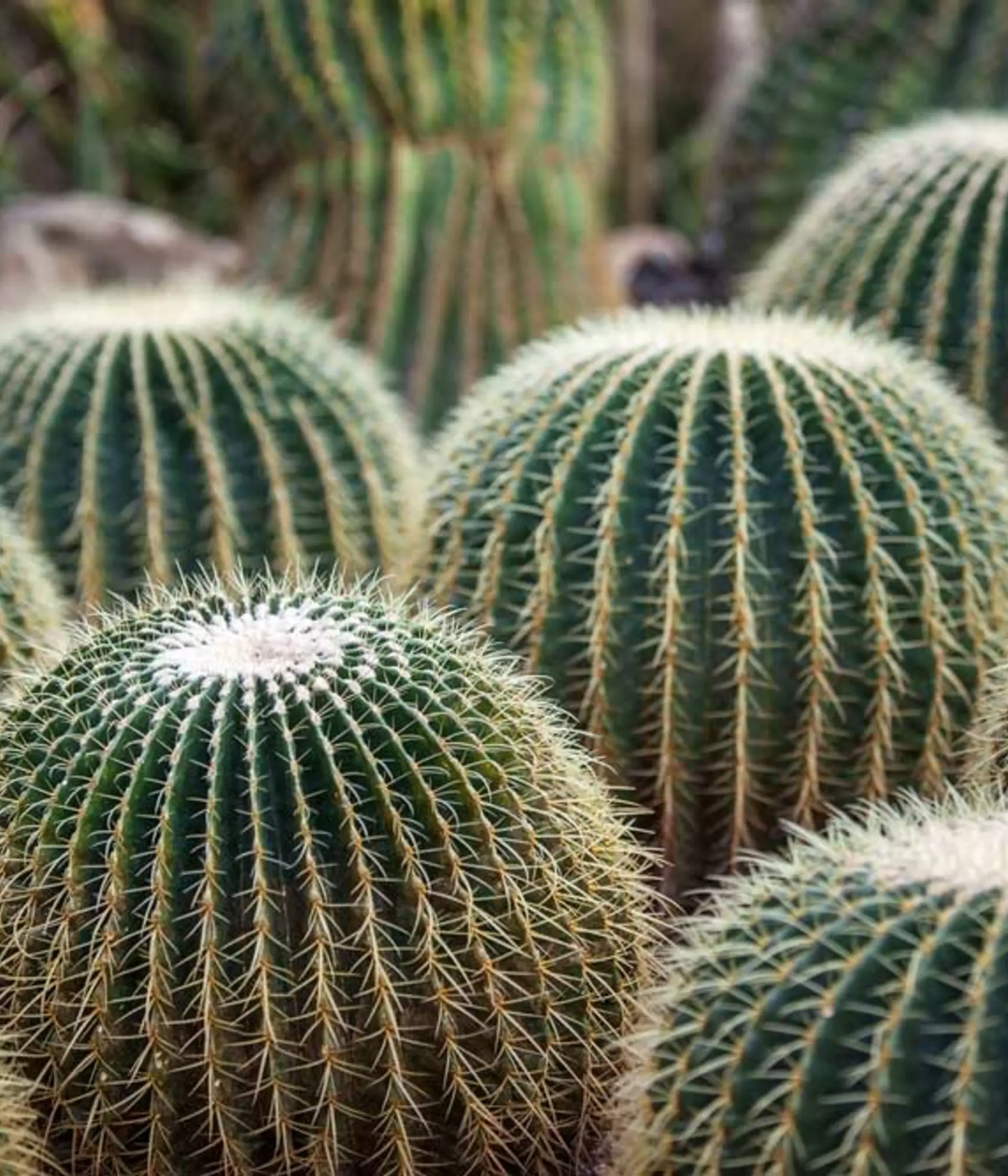The illegal wildlife trade isn’t just rhino horns and animal skins.
Most people are surprised to learn that illegal wildlife trade (IWT) is one of the largest illegal industries world-wide. Infamously associated with the killing of some of the most charismatic animals on earth for their horns and tusks, in fact IWT is a much wider problem, affecting all parts of the tree of life.
Criminal enterprises are notably hard to detect and monitor, but illegal logging is likely to be responsible for the largest amount of illegally smuggled goods anywhere in the world (per tonnage). Accelerating not only the extinction of these plant species, which include ancient trees, but also causing habitat loss that affects thousands of other species, as well as loss of sustainable livelihoods for local people - a difficult challenge we are helping to address.
Plants impacted by illegal wildlife trade
Criminal enterprises are notably hard to detect and monitor, but illegal logging is likely to be responsible for the largest amount of illegally smuggled goods anywhere in the world (per tonnage). Accelerating not only the extinction of these plant species, which include ancient trees, but also causing habitat loss that affects thousands of other species, as well as loss of sustainable livelihoods for local people - a difficult challenge we are helping to address.
Plants are likely among the most smuggled species in the world and it’s our miss-guided appreciation for their beauty that has often lead to their demise. Therefore, although humans have been growing ornamental plants for centuries, many species are still being wild caught, endangering these species and their natural habitats. More than 70% of all species listed on the Convention on International Trade (CITES) are orchids, and more than 1 in 3 cacti are threatened with extinction, 47% of which are threatened by IWT.
Protecting the Dja conservation complex
Illegally collected mushrooms
Fungi rarely come to mind when thinking of IWT, but many thousands of wild mushrooms are caught every year, often unmonitored, to feed the insatiable global demand. Even the commonly available “Porcini” bought in urban centres, have shown to contain species that have never before been recorded by science. But aside from their demand as food, several fungi are also commonly traded as medicine, like the Cordyceps which is parasitic on moth caterpillars and has often raised concerns about the sustainability of its trade in the Himalayan mountains.
The most trafficked mammal is likely to be the humble pangolin, also a species we work hard to protect, while the most trafficked animal is probably the endangered South African abalone - a marine snail somewhat similar to a limpet. It is highly valued as a delicacy in Asia and although the species can be grown in aquaculture, most exports are still illegally poached.
Spiders illegal wildlife trade
Although perhaps surprising to many, insects and arachnids are among the most illegally smuggled species. Not only as delicacies and bushmeat, but also for traditional medicine, for religious ceremonies and witchcraft, as well as collectible items and souvenirs or most commonly as exotic pets.
This trade is big business and has some serious consequences. A beetle species has been almost hunted to extinction by neo nazis because it was named after Hitler, while tarantulas have been stolen from zoos, as there is a massive demand for these animals in the pet trade and they can reach very high prices.
We're home to the IUCN Spider and Scorpion Specialist Group, who has worked toward assessing the extinction risk of tarantulas, worked with Zoohackathon teams towards finding solutions to track the online trade of these animals, successfully supported the inclusion of further tarantula species into CITES for the first time in decades, and is now hoping to restore their populations in the wild. Collaborating with tech researchers towards developing mini trackers that can be used to monitor tarantulas in nature. Allowing us to understand how, where and when to successfully reintroduce these animals back into the wild, to try to restore some of the damage caused by the illegal trade.
